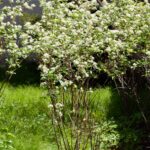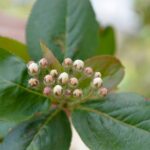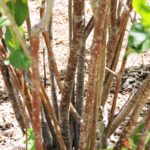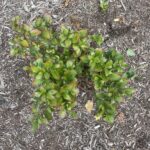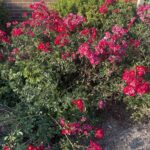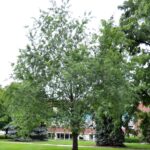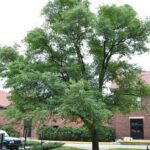Flower Notes:
White (White (sometimes tinged in pink) flowers (0.3" dia.) on 1-1.5" dia. tomentose corymbs in spring)
Foliage Notes:
Green (Lustrous dark green foliage in summer); Red (Crimson red foliage in fall (develops best in full sun))
Fruit Notes:
Red (Outstanding bright red berries that last into January)
Soil Notes:
Widely adapted shrub, especially good on poor soil
Range:
Northeastern to central United States
Diagnostic Characteristics:
Leaves are alternate, simple, elliptic, 1.5-3.5" long and 0.5-0.75" wide. Margins have black-tipped teeth. Dark glands are present along the midrib on the upper side of the leaf. Top dark green and bottom with gray tomentum. Stems also tomentose. (Aronia melanocarpa is not tomentose on its leaves or stems.) Five scaled buds are green tinged red, often completely red, and glabrous. Flowers resemble those of hawthorn.
 Indiana Native
Indiana Native 